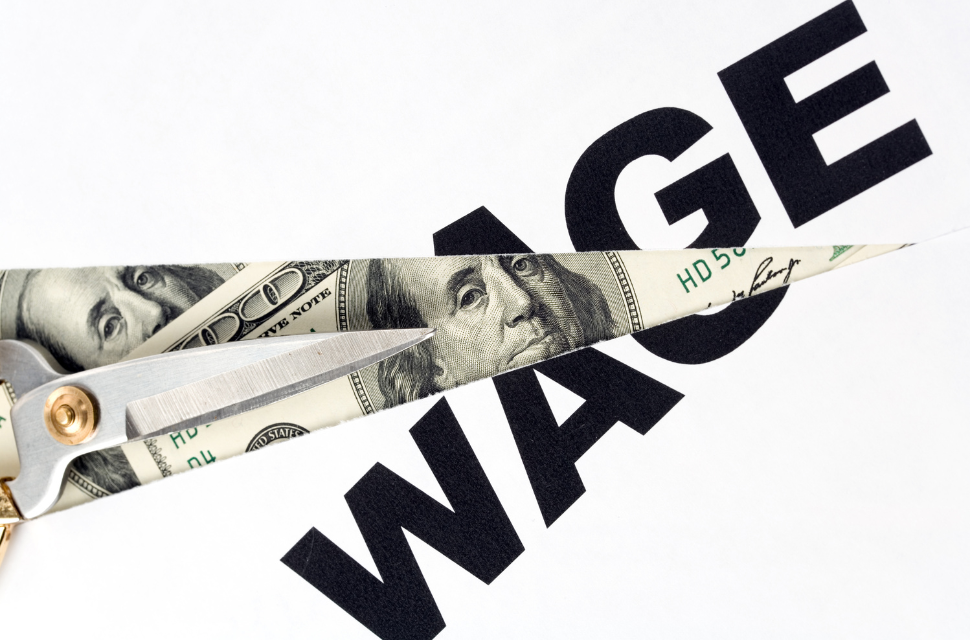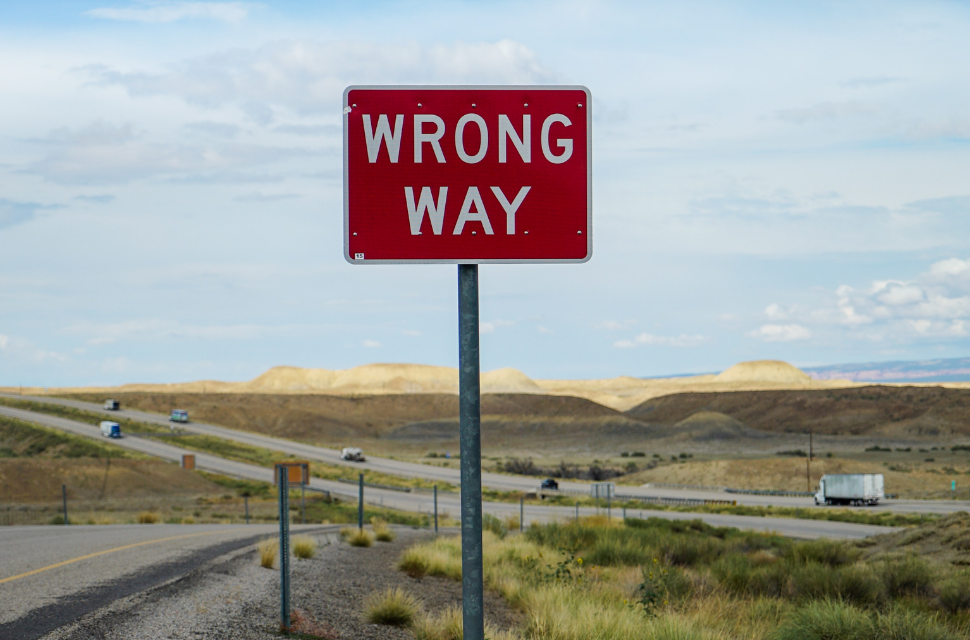
• Economic Crisis and RecoveryCrisis económica y recuperación

Read More Leer más Join the discussion Participa en la discusión
• Globalization and TradeGlobalización y comercioInequalityLa DesigualdadIntellectual PropertyPropiedad Intelectual

Read More Leer más Join the discussion Participa en la discusión
Read More Leer más Join the discussion Participa en la discusión
• InequalityLa DesigualdadIntellectual PropertyPropiedad Intelectual

Read More Leer más Join the discussion Participa en la discusión
• Economic Crisis and RecoveryCrisis económica y recuperación

Read More Leer más Join the discussion Participa en la discusión
Read More Leer más Join the discussion Participa en la discusión
• InequalityLa DesigualdadIntellectual PropertyPropiedad Intelectual

Read More Leer más Join the discussion Participa en la discusión
• Budget

Read More Leer más Join the discussion Participa en la discusión
• COVID-19CoronavirusIntellectual PropertyPropiedad Intelectual

Read More Leer más Join the discussion Participa en la discusión
• COVID-19CoronavirusIntellectual PropertyPropiedad Intelectual

Read More Leer más Join the discussion Participa en la discusión
